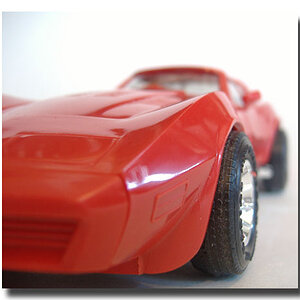Algoessailing
TPF Noob!
My backup body was borrowed from a friend and I recently returned it. Now I am in the market for another. I have come to the question which most, if not all, of you have already answered for yourself: go digital? My biggest hangup is that all of my equipment is Pentax, and they only offer one DSLR, the *istD. Yes, I should have started with a better camera to begin with, but I didn't want to spend a lot of money on a new hobby until I knew if I liked it. I thought film would be cheaper, but considering I'm averaging 2-3 pictures per roll that I actually like (not necessarily great shots), and my wife is deleting garbage off her 5 megapixel point and shoot before it gets printed, digital isn't sounding that expensive. So, on to my questions:
1. is minimum ISO 200 ok for a digital, or am I going to be disapointed with that: not being able to shoot at ISO100, or even 50.
2. How easy is it to determine proper exposure on the LCD screen, so I don't drive home 1000 miles from vacation and realize that the beach was washed out or that the mist in the air really did ruin that "great" location for a waterfall shot that I scaled down a 50' mud cliff, gear in hand, risking life and limb for.
3. Am I going to say "Why didn't I do this before?"
4. As a 2nd camera, are you digital people using a digital or film?
That's all I can think of for now, thanks for any advice
DAve
1. is minimum ISO 200 ok for a digital, or am I going to be disapointed with that: not being able to shoot at ISO100, or even 50.
2. How easy is it to determine proper exposure on the LCD screen, so I don't drive home 1000 miles from vacation and realize that the beach was washed out or that the mist in the air really did ruin that "great" location for a waterfall shot that I scaled down a 50' mud cliff, gear in hand, risking life and limb for.
3. Am I going to say "Why didn't I do this before?"
4. As a 2nd camera, are you digital people using a digital or film?
That's all I can think of for now, thanks for any advice
DAve


![[No title]](/data/xfmg/thumbnail/37/37521-5e19cc15e190997d963ed09c3c13ca9c.jpg?1619738129)
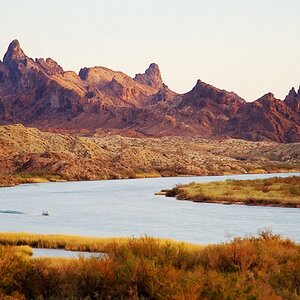
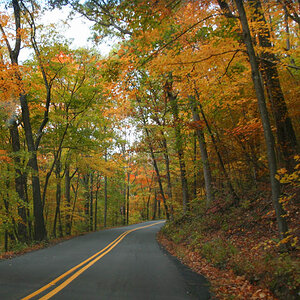

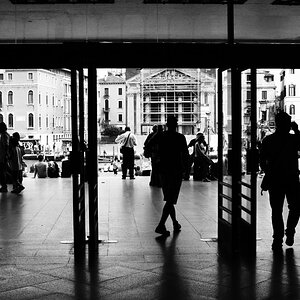
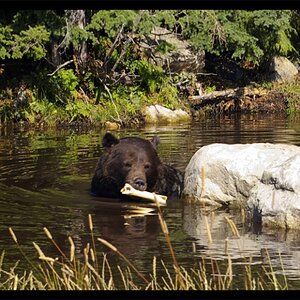
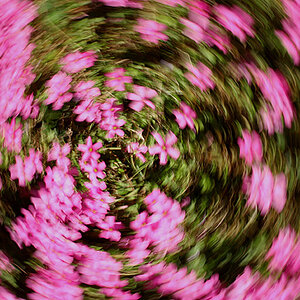

![[No title]](/data/xfmg/thumbnail/35/35967-ee5e7220e6f5cbd7d70fb99fe8ce5038.jpg?1619737285)

